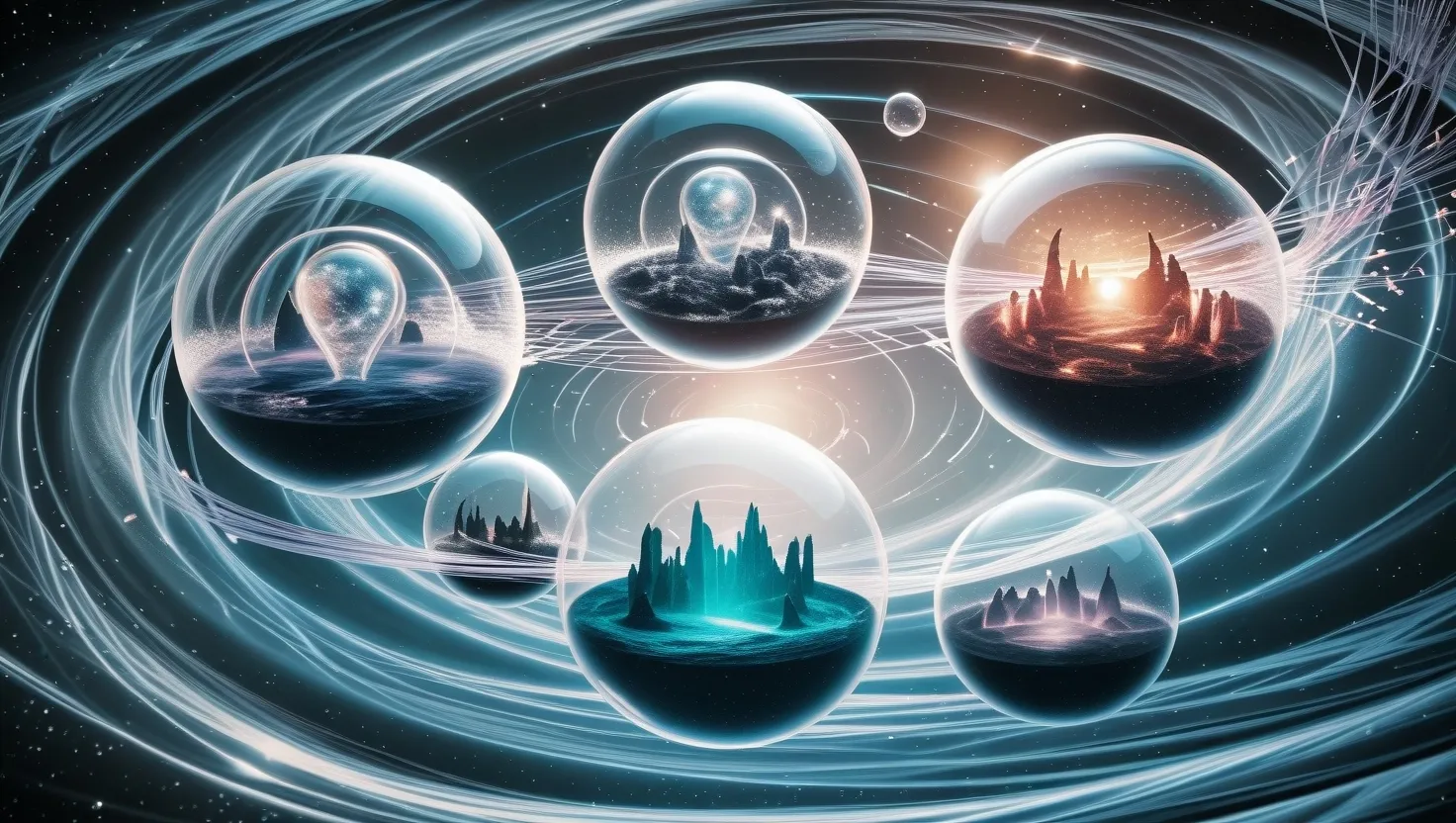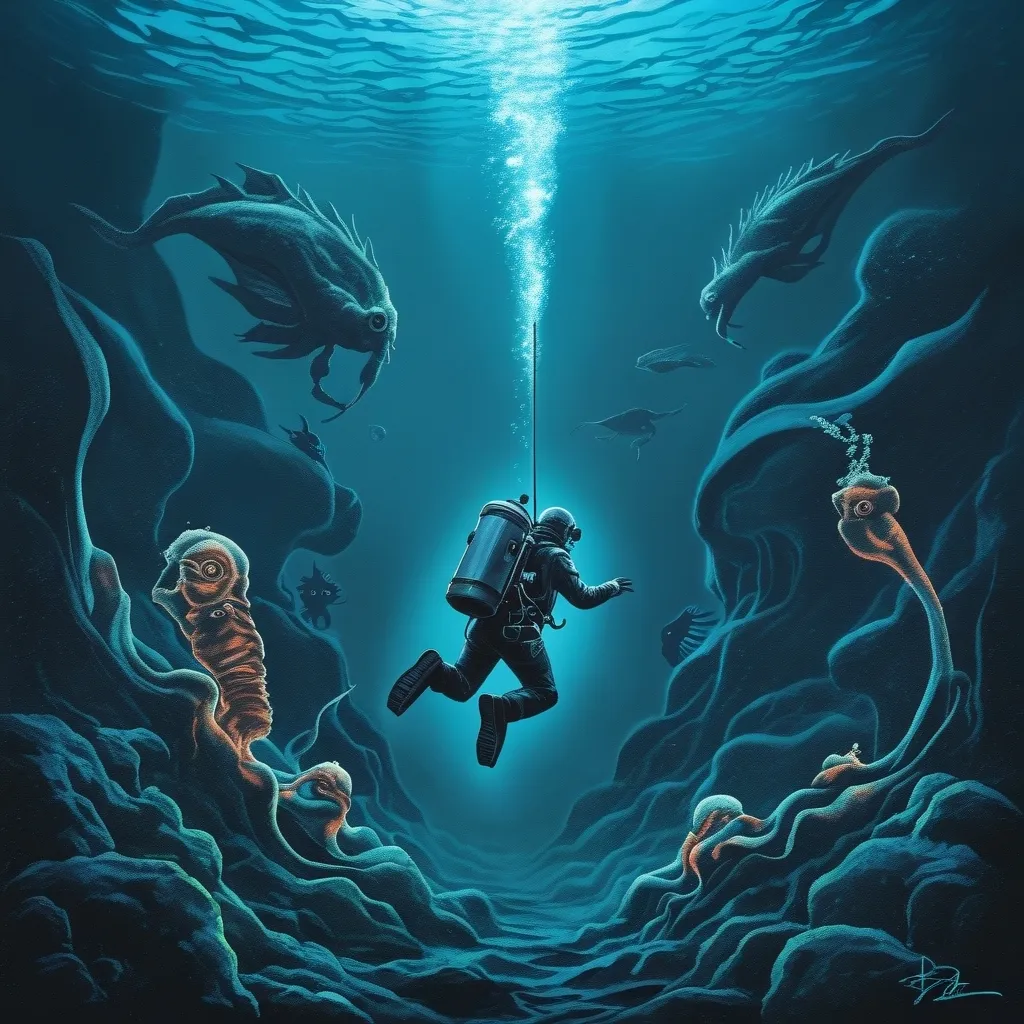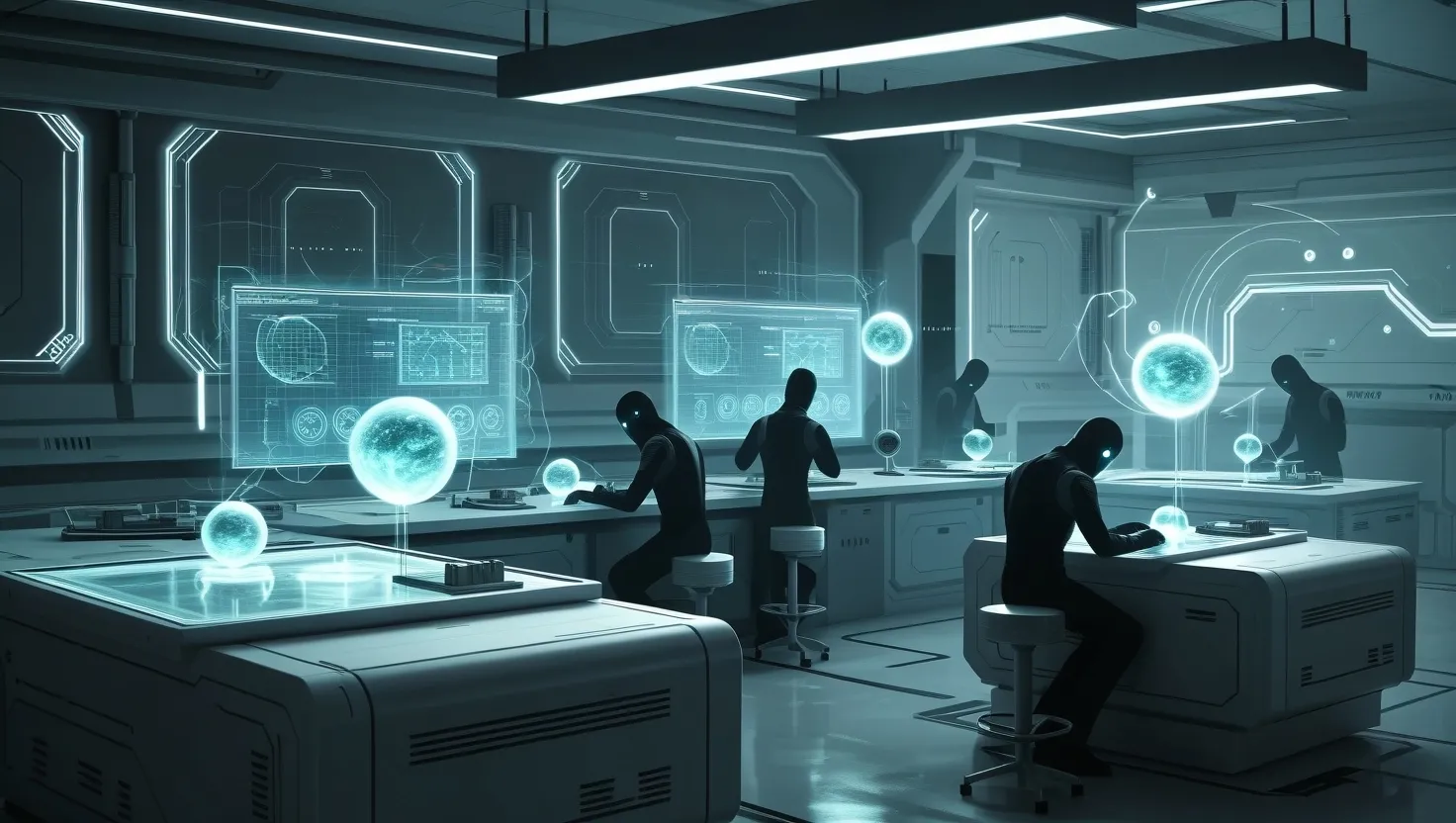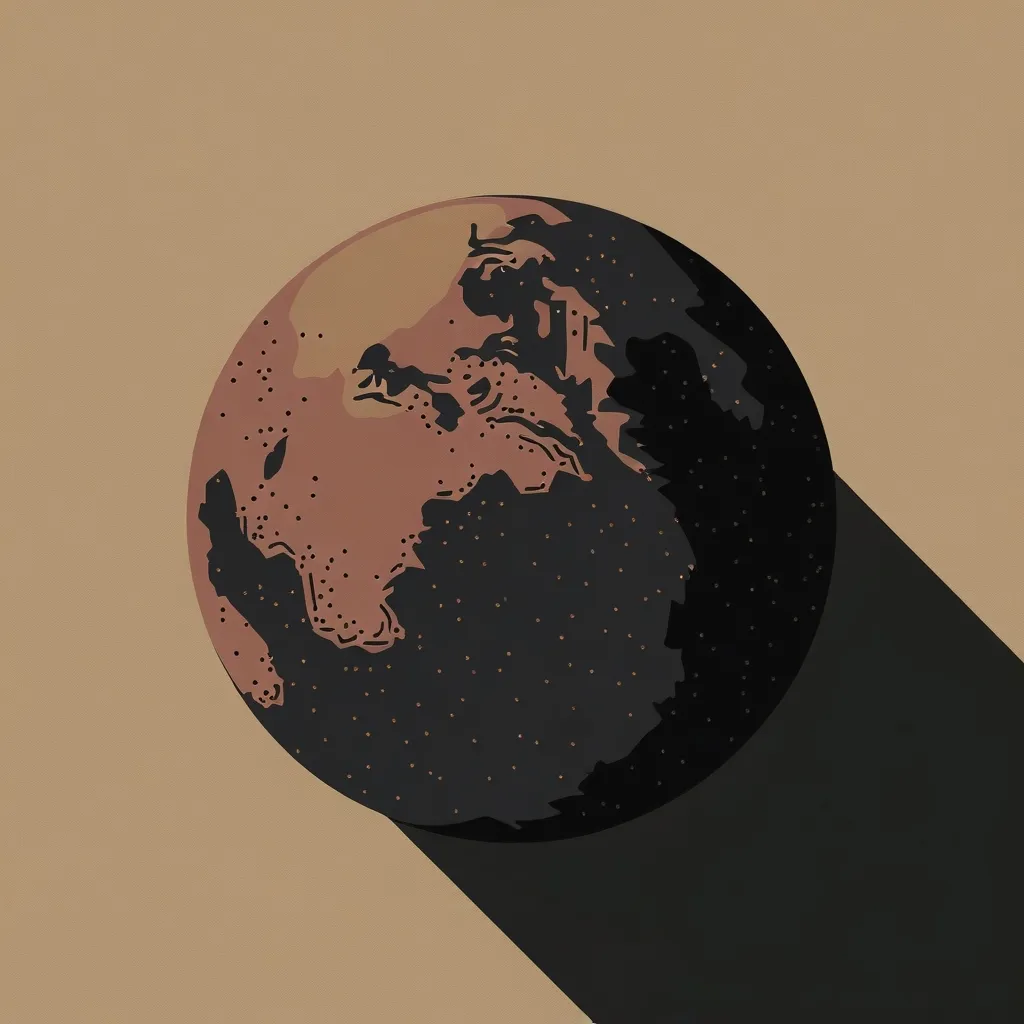As we delve into the intricate and often bewildering world of quantum physics, we find ourselves at the threshold of a concept that challenges our very understanding of reality: the Quantum Mirage Effect. This idea suggests that what we perceive in our everyday lives might not be entirely our own, but rather echoes or reflections from parallel universes that exist alongside our own.
The foundation of this concept lies in the Many-Worlds Interpretation of quantum mechanics, proposed by Hugh Everett in 1957. According to this theory, every quantum event creates a new universe, leading to a vast, branching tree of parallel realities. Each of these universes represents a different outcome of the quantum event, resulting in an infinite number of parallel worlds, each with its own unique version of history.
Imagine a universe where every decision, every event, and every possibility plays out in a separate reality. This is the multiverse hypothesis, which has gained significant traction in recent years. The multiverse is not just a speculative idea; it is supported by various areas of physics, including cosmology, particle physics, and quantum mechanics.
One of the key theories that support the idea of parallel universes is cosmic inflation. During the early stages of the Big Bang, the universe underwent an exponential expansion, known as inflation. This process could have led to the creation of “bubble universes,” each with its own unique properties and laws of physics. These bubble universes might be separated from us by vast distances, but they could still influence our reality in subtle ways.
The concept of quantum entanglement also plays a crucial role in understanding how interactions between parallel universes might occur. Quantum entanglement is the phenomenon where two particles become connected in such a way that the state of one particle is instantly affected by the state of the other, regardless of the distance between them. Some theories suggest that entanglement could be the mechanism through which information or influences from parallel universes bleed into our own.
But what does this mean for our everyday experiences? Could the Quantum Mirage Effect explain some of the more bizarre phenomena we encounter? For instance, ghostly sightings or déjà vu could be interpreted as glimpses or echoes from parallel universes. The Mandela Effect, where groups of people remember events or facts differently, might also be seen as evidence of interactions between parallel realities.
To explore this further, let’s consider the idea of time itself. Recent studies suggest that time might not be a fundamental element of the universe but rather an illusion emerging from quantum entanglement. According to the Page and Wootters mechanism, time emerges for one object through its entanglement with another acting as a clock. This raises intriguing questions about the nature of time and how it might be perceived differently across parallel universes.
Another area where the Quantum Mirage Effect could have implications is in the study of dark energy and dark matter. These mysterious components make up about 95% of the universe’s total energy and matter but remain largely unknown. New theoretical models suggest that the expansion of the universe, which is often attributed to dark energy, could be an illusion. Instead, the effects we observe might be due to the evolution of particle masses over time. This perspective could also explain the nature of dark matter through field fluctuations that behave like hypothetical particles known as axions.
The idea that our reality is influenced by parallel universes is not just a matter of speculation; it is being actively researched. Physicists are developing new methods to infer how universes might bubble up and collide within the multiverse. Simulations using quantum annealers, specialized quantum computers, are being used to study the behavior of bubble universes and their potential interactions.
While these ideas are fascinating, they also come with significant challenges. The multiverse hypothesis remains a topic of vigorous scientific debate, with proponents and critics arguing over its testability and scientific verification. However, even if the multiverse is just a theoretical construct, the tools and theories developed to understand it are advancing our knowledge of physics in profound ways.
As we continue to explore the Quantum Mirage Effect, we are forced to confront the limits of our understanding. Are we catching glimpses of our parallel selves, or is this just another quantum leap of imagination? The answer, much like the nature of reality itself, remains elusive but tantalizingly close.
In this journey into the extraordinary possibilities beyond our known universe, we find ourselves at the edge of a cosmic wonderland. Here, the laws of physics are not absolute but variable, and the fabric of reality is woven from threads of possibility that stretch across infinite parallel universes. Whether or not we are seeing echoes from these parallel worlds, one thing is clear: the quantum world is full of mysteries waiting to be unraveled, and the Quantum Mirage Effect is just the beginning of this fascinating exploration.
As scientists and theorists continue to delve deeper into these mysteries, we are reminded that the universe is far more complex and intriguing than we ever imagined. The Quantum Mirage Effect is not just a theory; it is a doorway to a new understanding of reality, one that challenges our perceptions and invites us to explore the uncharted territories of the multiverse.
In the end, the question of whether we are seeing echoes from parallel universes remains open. However, the pursuit of this question is what drives science forward, pushing the boundaries of what we know and what we can imagine. As we stand at the threshold of this new frontier, we are left with a sense of awe and wonder, knowing that the universe, in all its complexity, still holds many secrets waiting to be discovered.






